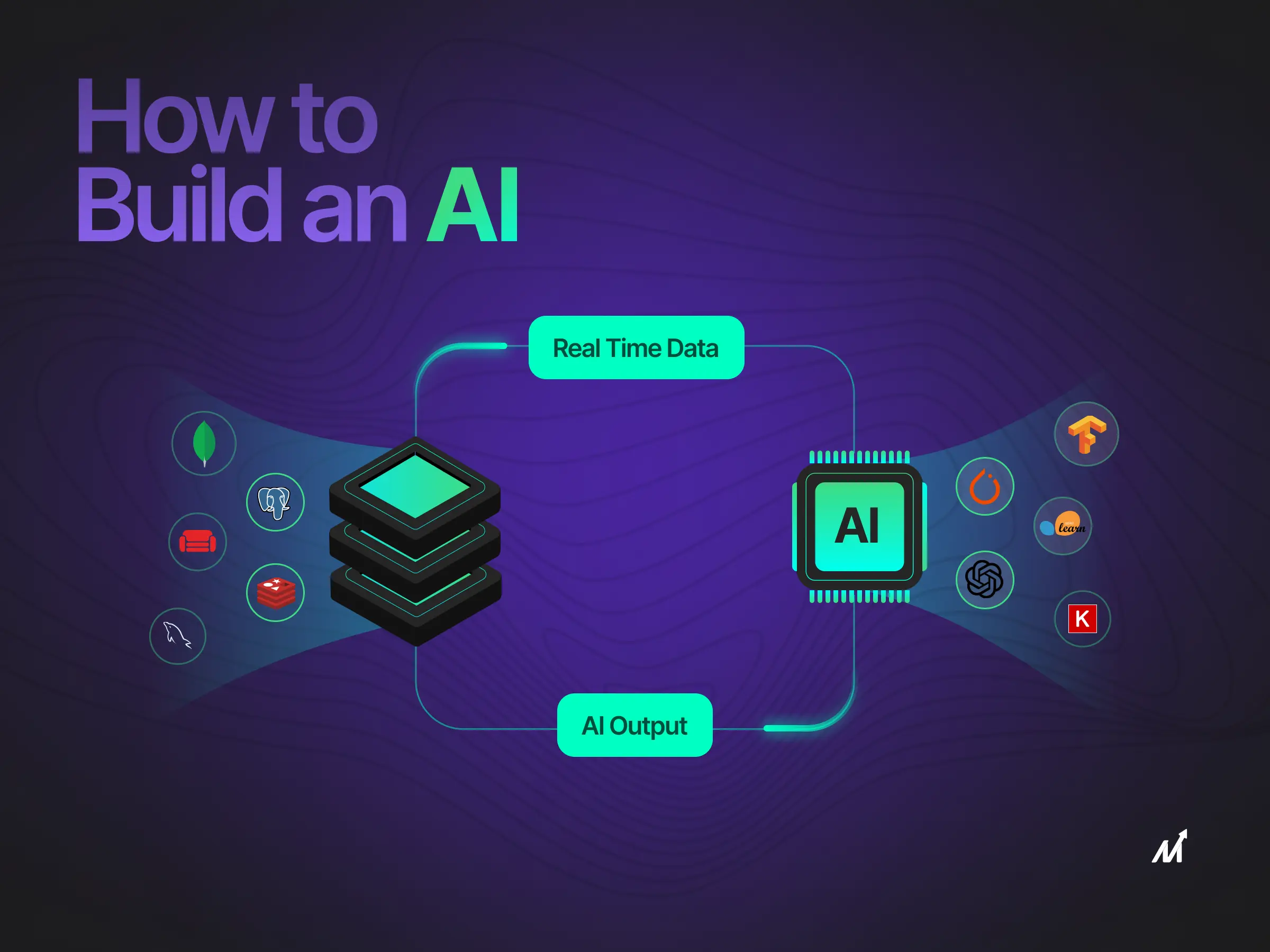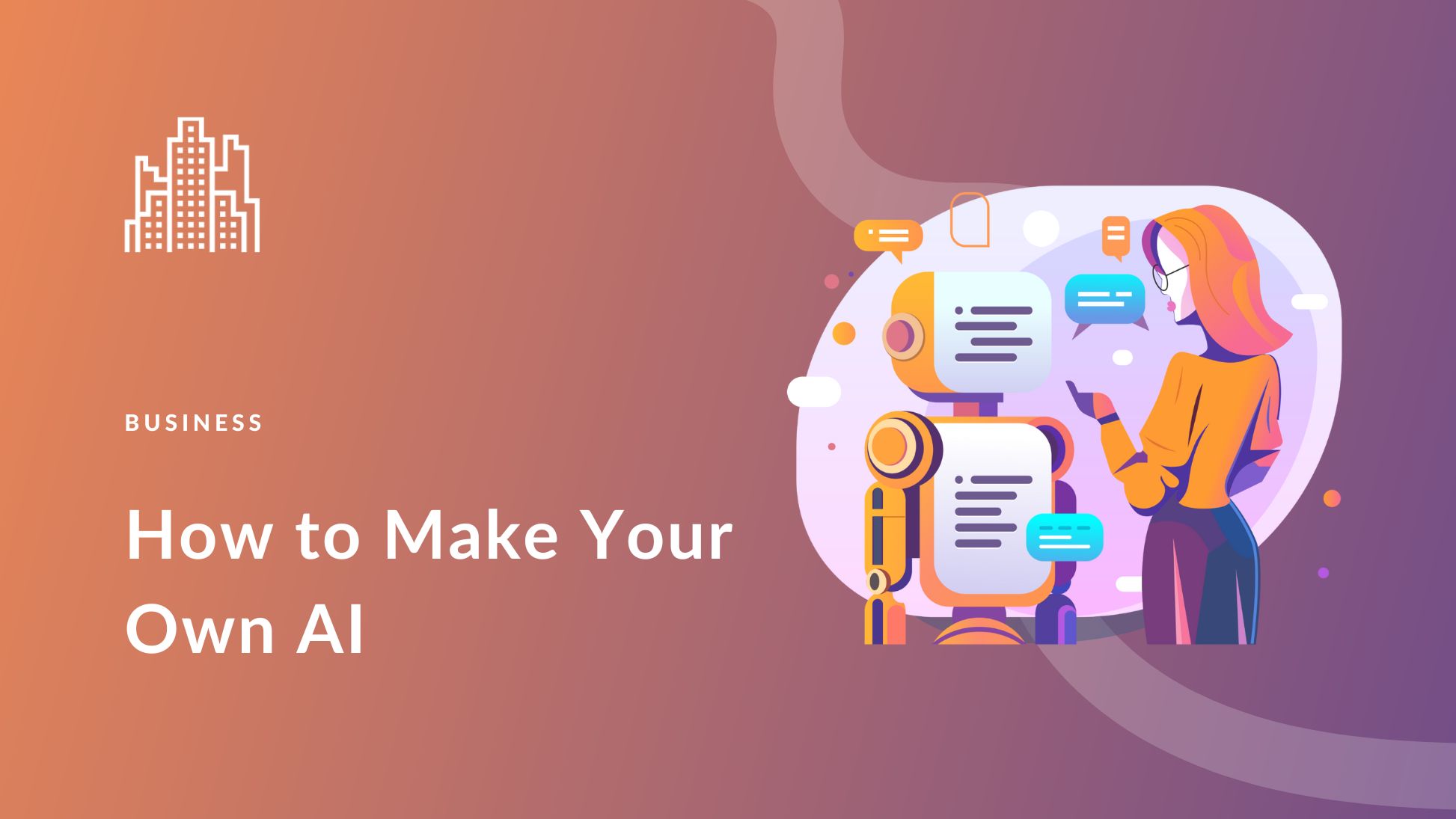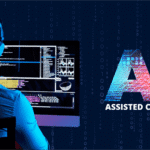How to Create an AI (Intelligent Systems): A Beginner’s Guide
Introduction: Welcoming You to the World of AI Creation
Have you experienced AI (AI) directly via chatbots Alexa and YouTube videos suggestions? That’s a great thing – it means AI is already part of your life! Did you know that developing the perfect AI system does not have to be restricted to data scientists dressed in lab coats only?
In this easy-to-follow guide for beginners we will show you how you can develop artificial intelligence from scratch — even in the case of your first try.
No heavy jargon. There’s no complicated math (well it’s a tiny amount). This is a simple guide to the process of creating intelligent systems. Whether that is building bots for chat, automating processes, or fulfilling your tech-related curiosity, this guide will help you get it done!
What Is Artificial Intelligence, Really?
Before we start the creation of our very first AI technology, we should become specific about what is meant by the term.
In its essence, AI is a system which mimics human intelligence by taking data and learning, making decisions, and advancing with time. From facial recognition on photos to driving in a Tesla the entire range of AI systems have the same basic capabilities:
- Learn from the data (Machine learning).
- Understanding context (Natural Language Processing)
- Recognizing patterns (Computer Vision)
- Decision-making (Algorithms)
It is not necessary to have to have a PhD to comprehend or develop these.
DISCOVERY PICTURES
Step One: Outline Your AI’s Purpose
The first and most important thing to consider is what are the goals you’re giving to the Artificial Intelligence (AI)?
AI technology isn’t available in the same size for everyone. Certain AIs can talk and others look and predict, or even play chess with grandmasters!
Ask Yourself:
- Am I Looking To Create a Chatbot?
- Are You Looking to Create an Artificial Intelligence system that categorizes emails as Spam or Not?
- Maybe something like an AI system that predicts the mood of your followers based upon your tweets could be an interesting experiment?
Clarity is the key to success. Once you have defined your objective, achieving it is much easier.
Step Two: Collect and Select Data
AI is dependent on information to develop its capabilities to learn. Without the data, your AI will not be able to learn even!
The types of information you might need:
- Text for chatbots (or models of language)
- Pictures (for facial recognition as well as object detection)
- Audio (for speech-to-text and music classification)
- Tabular Data (Excel files – for use in fraud detection, prediction etc.)
Where Can You Access Data?
One of the best sources for data is Kaggle Datasets – free and provide a vast library.
- Browse for the UCI Machine Learning Repository
- Use Google Dataset Search
- Make use of Python (with libraries like BeautifulSoup as well as Scrapy) for scraping your personal information from web pages and other sources.
Check that your data is tidy and current by eliminating duplicates, invalid numbers, or other irrelevant information.
Step 3: Choose Your AI Framework or Tools
Now is the time to get dirty (don’t be scared, it’s going to be much more enjoyable than you thought!). It’s time to choose AI-related (AI) tool or tool.
Your initial steps toward programming should be to select a user-friendly programming language and library. An ideal place to start is Python. The more user-friendly option is ClojureScript as well as Scala.
Python (yes it’s a snake, but it’s also an AI language loved by millions) is a favorite among AI/ML enthusiasts due to a number of reasons: its simple syntax and its ease of writing/reading make it an ideal choice. In addition, there’s an enormous community of people who use Python committed to AI/ML advancement and research.
There are hundreds of libraries that are ready-made.
The top libraries to consider:
- TensorFlow or PyTorch – for creating deep learning models
- Scikit-learn – designed for classic machine learning tasks
- SpaCy or NLTK – for natural language processing
- OpenCV – for computer vision
- Pandas + NumPy – for manipulating data and numerical computation
The majority of these tools are free and easy to use for beginners with numerous online tutorials.
Step 4: Create and Train Your AI Model
Now it’s time to act! The process of training an AI model can be a daunting undertaking. However, this step will make it easier.
The model you create will learn from the data you feed it, similar to teaching children to give them examples (data). In time, and soon they’ll begin to recognize patterns.
Steps for Training:
- Split your data into two parts – generally 80% for training and 20% for testing
- Introduce the model with scikit-learn
- Train the model (this could take anything from minutes to a few hours, based on the complexity)
- Verify its accuracy; has the program learned correctly or is it relying on assumptions?
With more high-quality data at hand, your model will become more intelligent.
Step 5: Assess and Improve
No AI model will be perfect in its first go (just as our first pancake!). Therefore, it is crucial to check its performance on a regular basis.
Important Metrics of Evaluation:
- Accuracy: how often the target was right
- Precision/Recall: performance/recall – how well it can avoid false alarms or fails to detect relevant occasions
- Confusion Matrix: a table showing how the model got confused
If it’s not performing well:
- Include additional data
- Delete noisy or insecure samples
- Use a more reliable algorithm or modify parameters (also called “hyperparameter tuning”)
Step 6: Deploy Your AI in the Real World
What value can your AI program provide if it remains on your computer?
To increase its effectiveness and reach, AIs must be put into action in real-world scenarios as quickly as possible.
The Best Ways to Distribute It:
- Web App made with Flask or Django (Python frameworks)
- Connect your Chatbot with Telegram, Discord, or WhatsApp
- TensorFlow Lite for mobile app deployment
- APIs using FastAPI or Flask – turn your model into a service others can access
At this point, your AI becomes practical—it can assist users, automate workflows, and even earn you money!
Are You New to AI Projects?
Real-World Beginner AI Project Ideas:
- Spam Classifier – Build AI to recognize spam email
- Movie Recommendation System – Suggest films based on the user’s ratings
- Voice Assistant – Create a simple version of Alexa with speech recognition
- Dog vs. Cat Image Classifier – A classic computer vision task
- AI Chatbot – Answer basic questions or entertain users
These projects help you master core AI abilities while also being great portfolio pieces for your resume or GitHub!
You Don’t Need to Be a Genius (Just Consistent)
Let’s debunk the myth that AI requires you to be a math genius or computer scientist to learn. It’s more about consistent practice over time.
Curiosity, patience, and the desire to invent are vital elements of building success. Failing is normal—it’s just part of the process.
Even tech giants such as Elon Musk or Demis Hassabis (DeepMind) started somewhere. So can you.
The Future of AI Development
AI development is advancing rapidly. Here’s what you can expect in the near future:
- AutoML to develop stronger AIs
- No-code AI platforms (like Google AutoML and Teachable Machine)
- AI in every app – from fitness and dating to finance
- Ethical AI – less bias, more transparency
Starting now puts you ahead of the curve, not behind it.
Final Thoughts: Create Your First AI Now
Once you have the plan and the blueprint in hand, the rest is up to you.
Whether you’re building an AI model, chatbot, or even just experimenting—you’re now part of the AI creators’ club.
Don’t worry if things seem messy or confusing at first. That’s how every journey begins.
Begin small. Stay curious. Keep learning.
FAQs
1. Do I Need Advanced Math Knowledge to Create AI?
It’s not necessary at first; libraries do the bulk of the math-intensive lifting.
2. What is the time frame to develop an AI?
You can build basic AIs in just a few hours. More complex models could require weeks. However, you’ll gain valuable experience along the way!
3. What’s the Best Programming Language for AI?
Python is a clear winner—simple, powerful, and supported by a massive community.
4. Can I build an AI using just my smartphone or an old laptop?
Yes! Start small with free tools. You don’t need a supercomputer.
5. Are AI Tutorials or Templates Helpful?
Absolutely. Learn from others’ work and remix it with your own ideas to create something unique.




